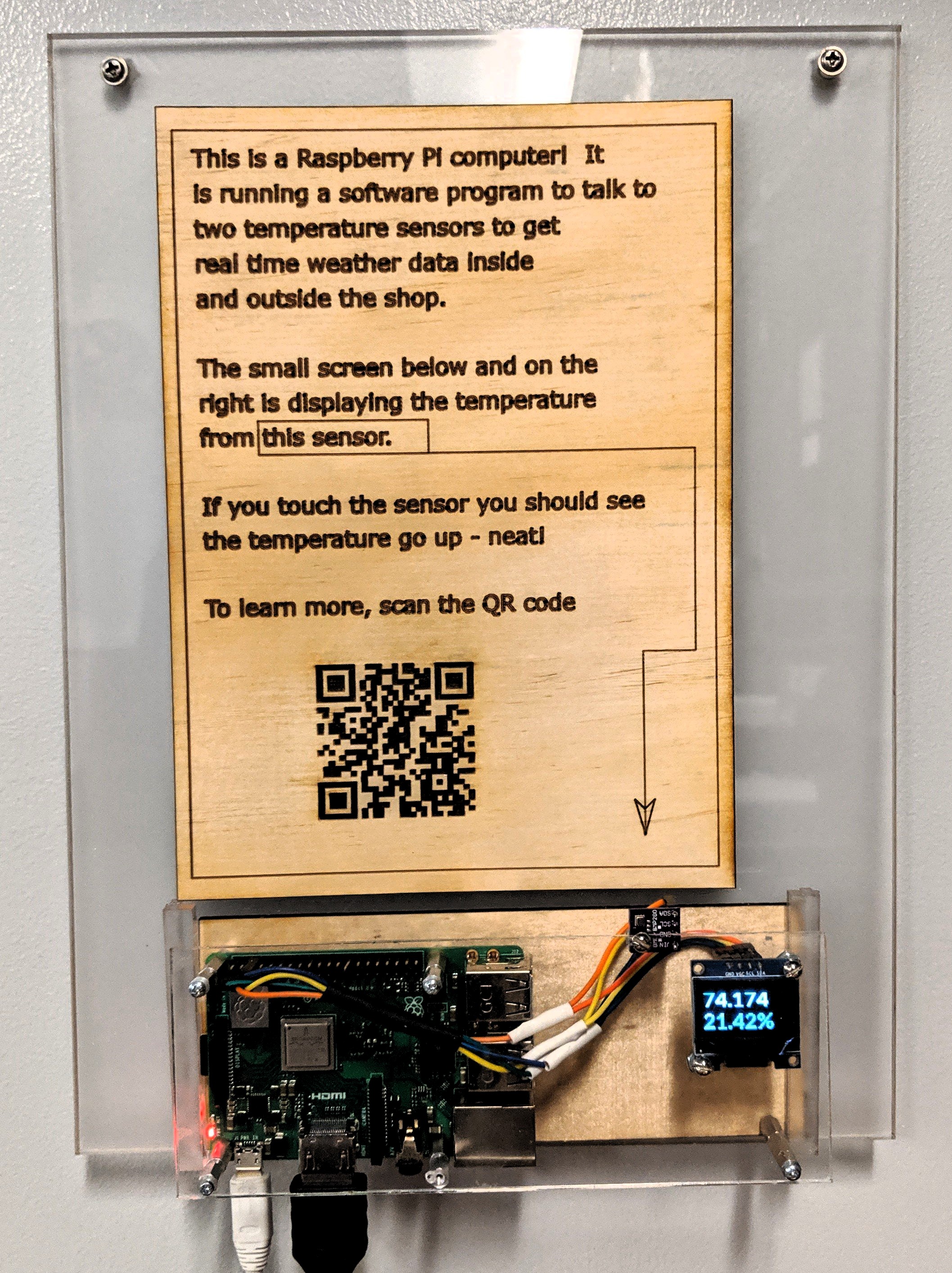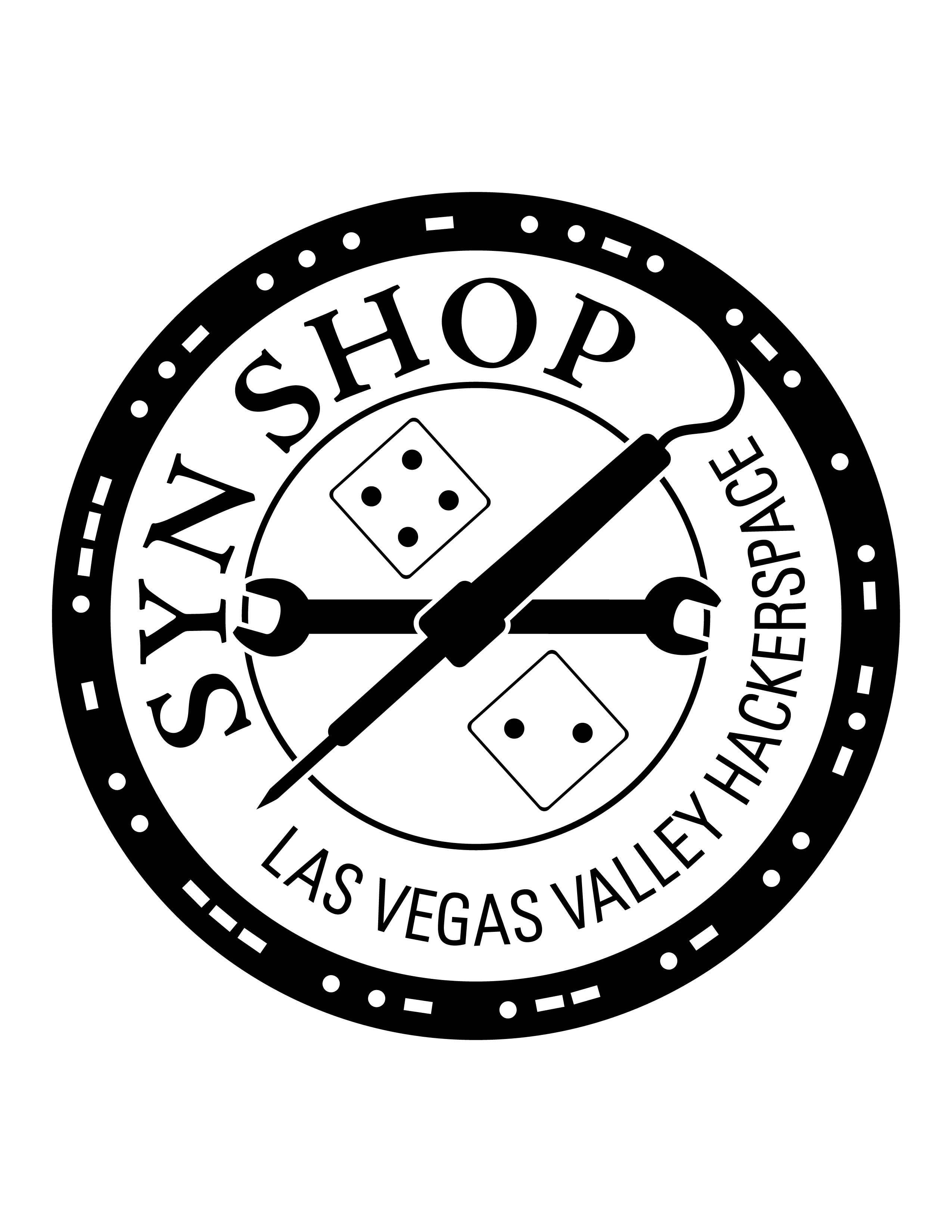


#Pritunl gravitational code#

If you do not use VPC endpoints for Amazon ECR, AWS Secrets Manager or AWS Systems Manager no action is necessary.Ĭustomers who have set up VPC endpoints for Amazon ECR, AWS Secrets manager or AWS Systems Manager need to perform below steps:ġ. For customers who use Amazon VPC Endpoints along with their ECS tasks running on Fargate, the new platform version has changes that may require customer action. This means all new Amazon Elastic Container Service (ECS) Tasks or ECS Services that use the Fargate launch type and have the platformVersion field in their Task Definition set to LATEST will automatically resolve to PV 1.4.0.
#Pritunl gravitational update#
In the coming few months, AWS Fargate will update the LATEST flag to Platform Version (PV) 1.4.0. Subject: AWS Fargate Platform Version LATEST Flag Update The other option i think i’m most likely to implement because it’s fast and easy is just using a separate deployment in the same cluster and weighted dns to serve some small percentage of traffic to a canary deployment and continuously deploy there first. i suspect armory is above what i’m able to pay for a saas-type solution, and with limited time to focus on this specifically, flagger ( service mesh) and spinnaker ( learning curve/setup/maintenance?) i suspect is just overkill. Some of the options i’ve considered ( from cncf landscape) are flagger ( requires service mesh) and spinnaker ( gold standard? heavy weight). we use kubernetes and some folks use a service mesh, but not all, and we don’t always use the same clusters for various reasons. what do you guys use for continuous delivery/continuous integration/continuous release? i work at a smallish (~100 people) company and we’re generally jamming pretty hard on delivering product features instead of focusing on infrastructure.


 0 kommentar(er)
0 kommentar(er)
